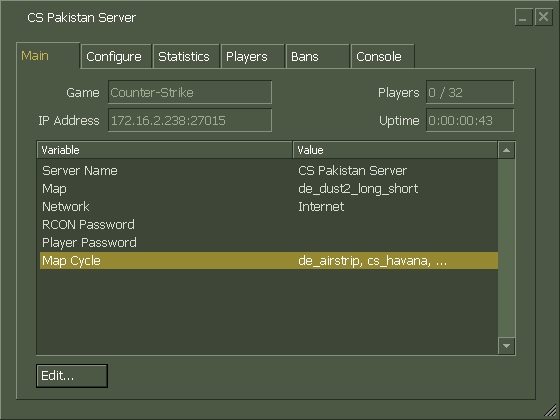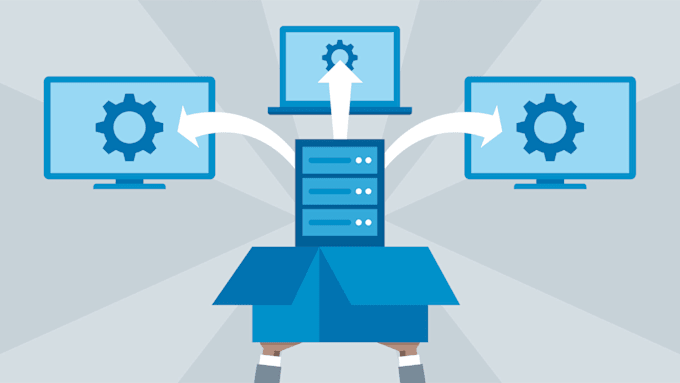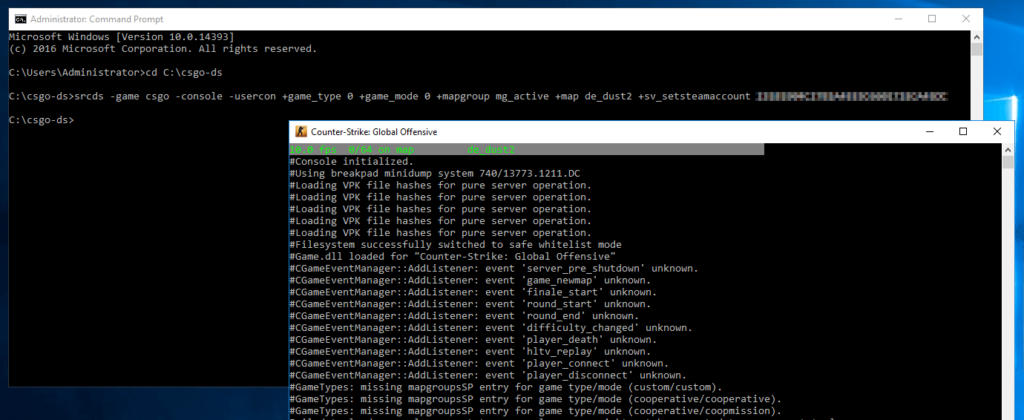Hosting or joining a Counter-Strike server can greatly enhance your gaming experience, whether you’re playing Counter-Strike: Global Offensive (CS) or the classic Counter-Strike: Source (CSS). Whether you’re looking to set up a private server for friends or join a public server for competitive play, understanding how Counter-Strike servers work, how to check server status, and the options available for server hosting is crucial. In this guide, we will explore everything you need to know about Counter-Strike servers, including how to set one up, monitor its status, and manage it via web tools.
What Is a Counter-Strike Server?
A Counter-Strike server at godlike host is a dedicated platform that hosts multiplayer matches for players. It can be managed by an individual, a gaming community, or a hosting provider. Servers enable consistent multiplayer experiences by handling the game’s mechanics, player interactions, and communications.

There are two primary types of Counter-Strike servers:
- Public Servers: These are open to any players and are usually managed by hosting providers or community admins. They are often used for competitive play, casual games, or custom matches.
- Private Servers: Private servers are typically password-protected and only accessible by a select group of players. They are perfect for clans, friends, or practice sessions.
Counter-Strike Server Hosting: How to Host Your Own Server
If you want more control over your Counter-Strike experience, setting up a dedicated server is an excellent option. Here’s how you can set up a Counter-Strike server for either CSor Counter-Strike: Source.

Setting Up a Counter-Strike: Global Offensive Server (CS)
- Download SteamCMD: SteamCMD is a command-line tool that allows you to install and update game servers for Steam-based games.
- Download SteamCMD from Steam’s official website.
- Install SteamCMD and create a folder for your CSserver files.
- Install the CSServer:
- Open SteamCMD and log in anonymously by typing:Копіювати код
login anonymous - Install the CSserver using the following command:Копіювати код
app_update 740 validate - This will download and install all necessary files for your CSserver.
- Open SteamCMD and log in anonymously by typing:Копіювати код
- Configure Your Server:
- Navigate to the server installation folder and edit the
server.cfgfile to customize your server settings. Here, you can adjust parameters like player limits, map rotation, and game mode. - Example settings for server.cfg:arduinoКопіювати код
hostname "Your Server Name" sv_password "" rcon_password "your_rcon_password" sv_maxrate 0 sv_minrate 80000
- Navigate to the server installation folder and edit the
- Start the Server:
- Use the following command to start your CSserver:arduinoКопіювати код
srcds.exe -game csgo -console -usercon +game_type 0 +map de_dust2 -maxplayers 10 - This command starts a CSserver running Dust II with a maximum of 10 players.
- Use the following command to start your CSserver:arduinoКопіювати код
Setting Up a Counter-Strike: Source Server (CSS)
Setting up a Counter-Strike: Source server is very similar to CS, with a few differences in commands.
- Install SteamCMD and Login:
- Follow the same SteamCMD steps as for CS.
- Log in anonymously:Копіювати код
login anonymous
- Install the Counter-Strike: Source Server:
- Use the following command to download the Counter-Strike: Source server files:Копіювати код
app_update 232330 validate
- Use the following command to download the Counter-Strike: Source server files:Копіювати код
- Configure and Launch the Server:
- Similar to CS, edit the
server.cfgfile to customize your server settings. - Start the server with the following command:arduinoКопіювати код
srcds.exe -game cstrike +map de_dust2 +maxplayers 16 - This command launches the server with Dust II and supports up to 16 players.
- Similar to CS, edit the

Counter-Strike Server Hosting Providers
If you don’t want to deal with the complexities of running a server on your own hardware, you can rent a Counter-Strike server from professional hosting providers. Some of the best Counter-Strike server hosting providers include:
- Host Havoc: Known for low-latency, high-performance servers. They offer quick setup, full mod support, and 24/7 customer service.
- GTXGaming: Provides a user-friendly control panel, allowing you to easily configure your CSor CS: Source server, with mod support and global server locations.
- GameServers.com: One of the largest gaming hosting providers, offering servers optimized for Counter-Strike with fast setup times and full access to the configuration.
How to Check Counter-Strike Server Status
If you’re managing a Counter-Strike server or simply want to check the health of a server you’re playing on, knowing how to check the server status is key. Here’s how to do it:
1. In-Game Console
For both CSand Counter-Strike: Source, you can check the server status using the in-game console.
- Open the in-game console by pressing
~(you may need to enable the console in the game settings first). - Type
statusand hit Enter. This command will show important details like the number of connected players, map name, tick rate, and server IP.
2. Using Web-Based Server Status Checkers
Several websites allow you to check the status of a Counter-Strike server by simply entering the server IP. These tools will display information such as uptime, current map, connected players, and performance metrics.
- Gametracker.com: Enter your server’s IP to track its status, monitor player counts, and check the current map.
- CS GO Server Checker: Provides real-time data on server performance, players, and server uptime.
Counter-Strike Web: Managing Your Server Online
Many server hosting providers offer web-based control panels that make managing your Counter-Strike server easy and accessible from anywhere. These panels provide tools for configuring settings, managing player bans, installing mods, and checking performance.

Key Features of Web-Based Server Management
- Server Settings: Change server variables like map rotation, player slots, game modes, and more.
- Player Management: View current player connections, kick or ban disruptive players, and set permissions for admins.
- Mod and Plugin Management: Install mods, plugins, or custom maps to enhance your server with a few clicks.
- Real-Time Monitoring: Track server performance, including CPU usage, memory, and server load, to ensure smooth gameplay.
Popular Web-Based Server Panels
- TCAdmin: A powerful and easy-to-use web panel that provides full control over your server. You can automate tasks, configure settings, and manage plugins.
- Pterodactyl: An open-source game server control panel that supports Counter-Strike servers. It offers a modern interface and extensive configuration options.
Conclusion
Running and managing a Counter-Strike server can provide you with the ultimate control over your multiplayer experience. Whether you’re setting up a server for Counter-Strike: Global Offensive or Counter-Strike: Source, knowing how to host, check the server status, and manage the server through web-based tools is essential. You can either host your server on your own hardware or choose a professional hosting provider for a hassle-free experience. Now that you know how to get started, you can set up your own server and dive into the action with friends or players around the world!

